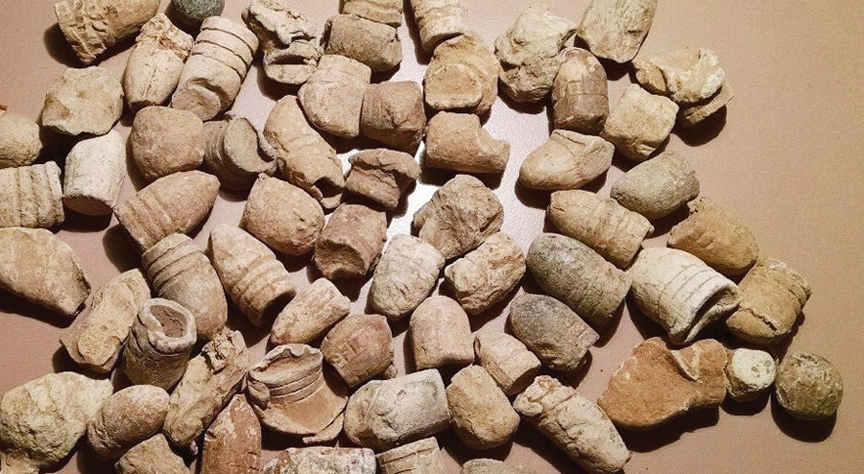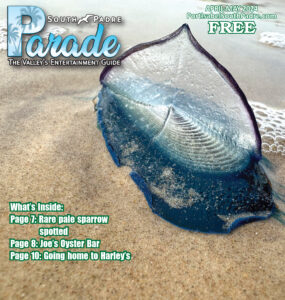By STEVE HATHCOCK
Special to the PRESS
Old battlegrounds are full of artifacts, however, most of these sites are now part of the National Parks System and it is illegal to use a metal detector on them. But a lot of skirmishes, such as the Battle of Palmito Ranch, were running battles, fought over a large area.
In May of 1865, a column of Federal Troops moved overland, along the telegraph road, capturing the riverboat landing at White’s Ranch, located several miles upriver from the mouth of the Rio Grande. The Confederate forces, led by “Rip” Ford, forced them to retreat. Several pitched battles were fought along the road leading back to the Island. The Rebels killed one Union soldier, wounded another 121 and captured several hundred more.
A couple of days later, the news of Lee’s surrender, five weeks prior, reached Brownsville. Colonel Ford and his men immediately surrendered to their own prisoners. The National Park Service has erected a monument to honor the men of both sides but the 12 mile route of the Union retreat lies on mostly privately owned land. There are many bullets, buttons and other artifacts found along the route of the battle.
I have a friend who has conducted several lucrative hunts on land next to the Palo Alto Battlefield, site of the first battle of the Mexican War. The National Parks Service owns the main battlefield but various units of the Mexican Army were positioned over a much larger area than that owned by the government. Using old maps, drawn by Army topographers, my friend determined the location of minor skirmishes. He then contacted neighboring landowners, seeking permission to hunt on their land. Once permission was granted, he found many artifacts and donated most of them to local museums.
Freshly plowed fields are always worth a quick hunt, especially those found in and around old forts, abandoned barns, sheds and farm houses, or in an area already known to be rich in history. (Be sure to get the owner’s permission before looking inside any old buildings).
Not all treasures are readily apparent. Be observant. A friend told me about when his parents bought a farm that had been in the same family for five generations. The sturdy brick house was situated under a copse of old growth trees. About 150 feet to the north stood a dilapidated barn, its foundation half built into the side of a hill. To the east about 75 feet of wire fence protected an abandoned chicken coop and a small corn shed stood slightly apart from an old tool shed.
Now my friend’s parents were not farmers for they had bought the land as an investment. The rickety old shack was full of cast-off signs, light fixtures, unlabeled cans filled with mysterious fluids, bottles, wooden crates and tools of every kind including several vintage wood-planes made by the Stanley Tool Company. These had become quite collectible and my friend’s dad was surprised at the price he received for them.
The best find though, was a small barrel filled with an assortment of arrowheads, stone knives and artifacts. Evidently, they had been found by the previous owners while plowing their fields. My friend and his sister spent many an evening sorting and cataloging the projectiles and became avid collectors in the process.
Want the whole story? Pick up a copy of the Port Isabel-South Padre Press, or subscribe to our E-Edition by clicking here.



Comments